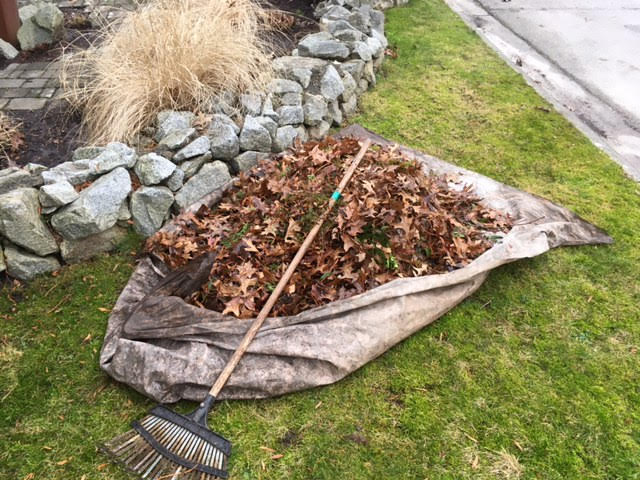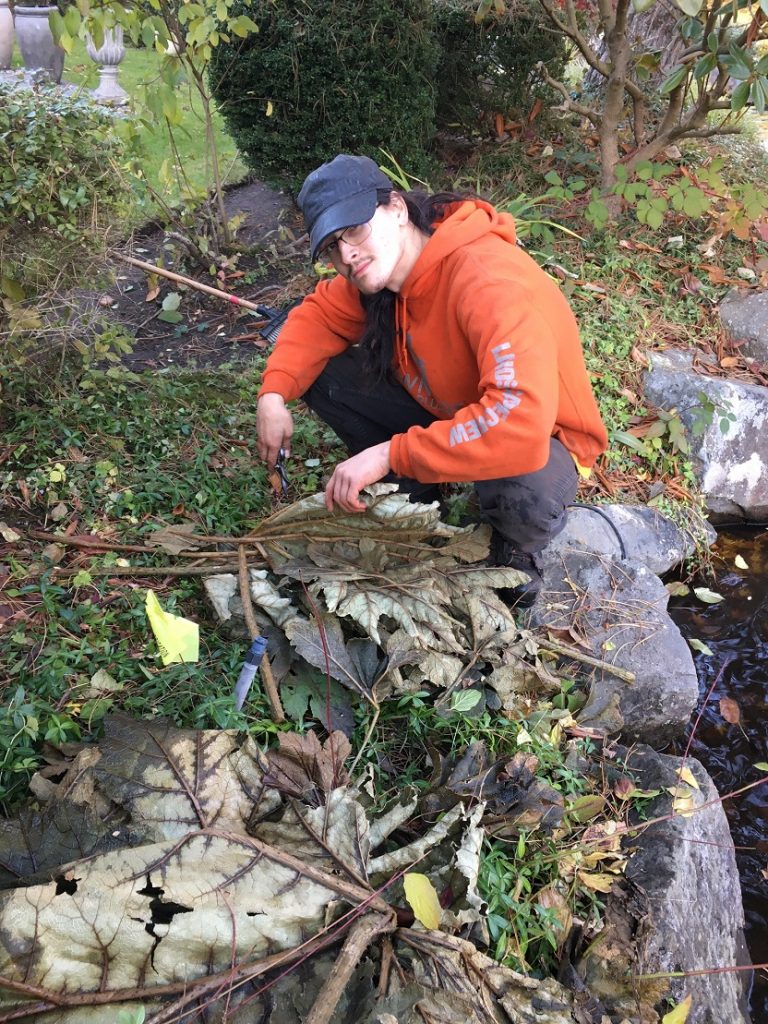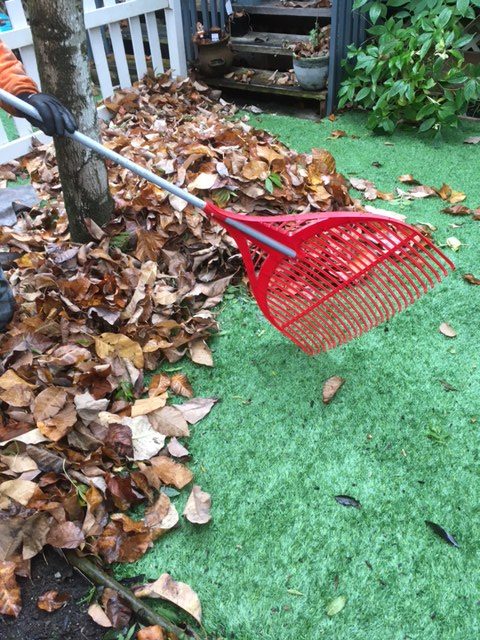Tracked me down
Yes, of course you can find me on Google. You can search for landscapers in the Tri-cities area, and you should be able to find me. But people still track me down while I work for other clients. And don’t get me wrong, I love meeting new people and helping them.
Yesterday, I was rushing to complete one more residence before daylight ran out. I had roughly four hours left, three with decent light. So, I blew the leaves into piles and picked them up. Then I gave the lawns one last cut. What light remained I used to prune a Magnolia tree and cut down many perennials; all brown and spent, they were ready for cutback. They’ll be back next year. Don’t worry.
Bittersweet
As I worked yesterday, my focus was on finishing the garden and putting it to bed for the season. The owners are both facing health challenges; challenges so severe that they can’t do their own gardening anymore. So, I’m happy to help them and every dollar I make helps me beat inflation. It’s also nice to see the owners pleased.
It can be distressing to see a weedy garden and long grass outside when your day is dominated by health issues. Incidentally, this also happened when the pandemic first hit, and people had to self-isolate at home. Seeing their landscapers outside on regular basis brought some normalcy to a crazy time.
Then, just as I was finishing, I saw the man approaching. And sure enough, he wanted me to see his garden. These are bittersweet moments for landscape side-hustlers. My focus is on finishing one house, not on taking more work. Now, I know it doesn’t make sense to cry about extra work walking in without any effort on my part. I am grateful for every single client. But in that moment, it’s bittersweet. I want a finish line, not a new race.
I also can’t say no because I know people need help. In this case, the couple moved into their house last summer and now they needed help. Lots of help.
Typical issues
How can Red Seal Vas help you? Well, there is lawn damage from European chafer beetles to fix, and the wife wants pretty flowers by the door where there are only shrubs and groundcovers. In the back, there is a patch of prickly bramble that will only get bigger; and next to it are three alders that will not stop growing until they’re towering over the house.
The garden wall has ivy, Pieris and junipers trailing over the lawn. And the neighbors haven’t touched their trees in a while so now they’re coming over and must be pruned. This actually gets me excited because tree work can be done in winter, just as regular landscape maintenance work ends.

Let’s do it!
Many homeowners need help with their gardens and I’m happy to help, assuming I can fit it into my schedule. You can find me on Google Maps; and approach me when you see me working in your neighborhood. I’m such a landscape slut, it’s unlikely I will say no.
And it will feel bittersweet all the way.






